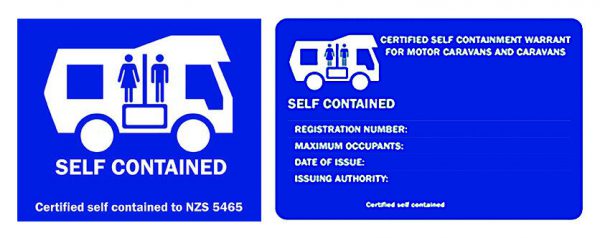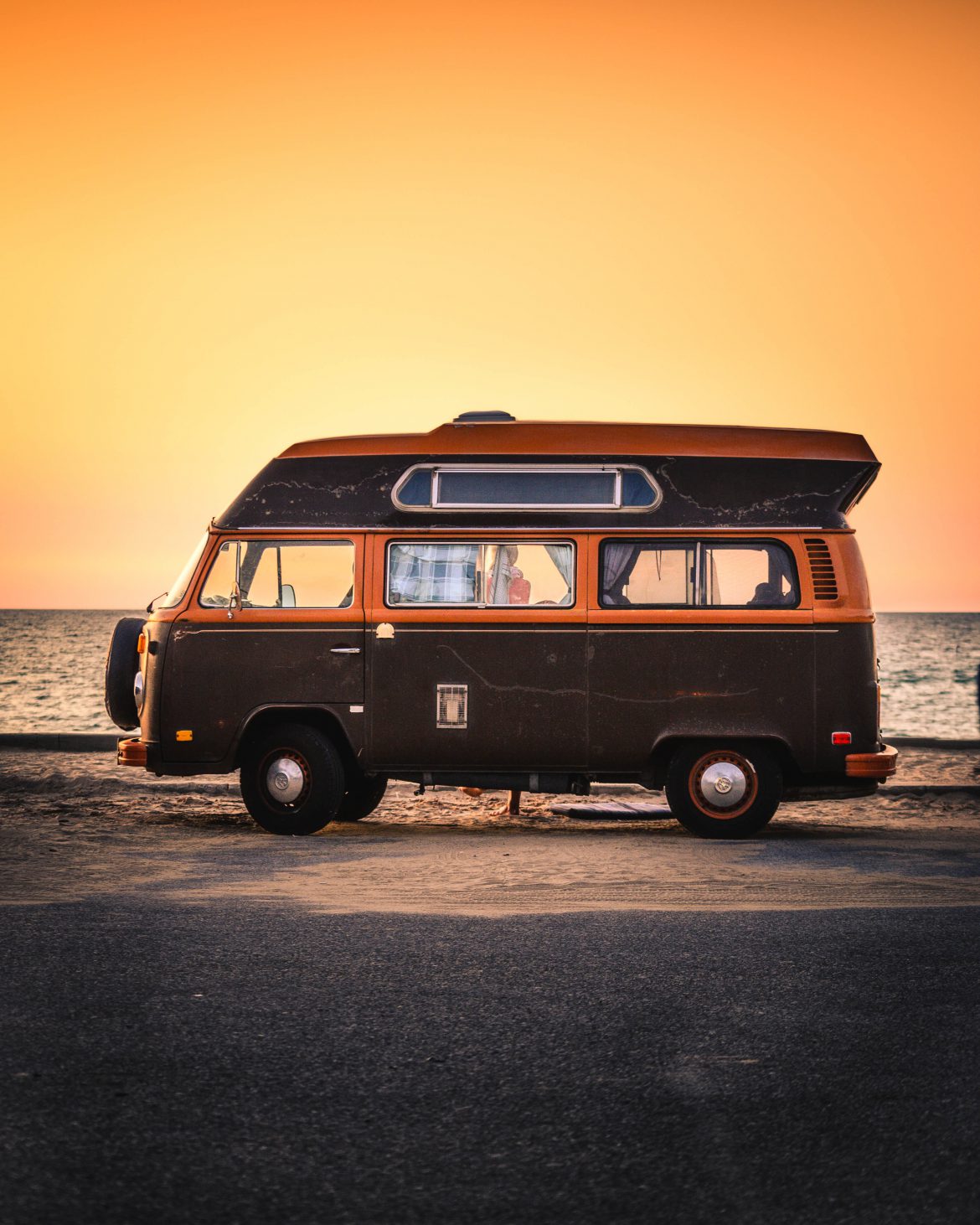What are self-contained vehicles?
In general, a self-contained vehicle is a recreational vehicle that is able to provide all the essential services for a camping vacation without having to depend on other sources of energy or water. This type of RV is equipped with a self-sufficient power generation system, such as a solar panel or generator, and may also have a built-in water tank that can be used for irrigation or other purposes.
In addition, self-contained vehicles are often equipped with a water purification system that allows tap water to be used for drinking purposes. These recreational vehicles can be an excellent choice for camping vacations, as they provide all essential services without having to depend on other energy sources. Solar panels and backup generators are just some of the elements that help make the vehicles self-sufficient. In addition, most self-contained vehicles come with a fully equipped kitchen, a private bathroom and a comfortable living area. These recreational vehicles are therefore perfect for camping vacations, as they offer all essential services without having to depend on other sources of energy.
Self-contained vehicles are also known as “off-grid” campers because they do not depend on an external power grid. They come in different sizes and styles, so you can choose the one that best suits your needs.
Where are self-contained vehicles most prevalent?
In Europe, self-contained vehicles are particularly popular in Germany, France, and the United Kingdom. In the United States, self-contained vehicles are widespread throughout the country and are particularly popular in rural areas. In Australia, they are widespread throughout the continent and are particularly popular in remote areas.
Pros and Cons of self-contained vehicles
Self-contained vehicles have several advantages. First, they save money since there is no need to stay in hotels or other accommodations while traveling. In addition, RVs offer a greater level of privacy than other accommodations. Finally, self-contained vehicles are generally very spacious, so you can carry everything you need for the trip. Another pro concerns ecology. In fact, it is much more environmentally friendly to take wastewater in the van instead of simply dumping it on the ground. In this way, public health is protected.
Unfortunately, self-contained vehicles also have some drawbacks. First, they are generally more expensive than other accommodations. In addition, it is necessary to be able to drive and park the RV safely. Finally, it is important to remember that self-contained vehicles are not suitable for all climates and weather conditions.
Despite these drawbacks, many travelers still choose to rent a self-contained vehicle for their vacation. This is because they offer a level of freedom and flexibility that other accommodations cannot. If you choose to rent a self-contained RV, it is important to do thorough research to ensure that you are getting the best for your needs.
Self-contained vehicles in New Zealand.
If you are traveling to New Zealand with a motorhome and want to camp, you must ensure that your vehicle is “self-contained.” Some campgrounds, particularly those designated for Freedom Camping, are only accessible to autonomous motor vehicles that have received the necessary certifications. The hefty fines for violations will undoubtedly hurt your travel budget. You can read about the regulations regarding Freedom Camping in 2022 here.
In general, with a self-contained vehicle you will have access to all campgrounds in New Zealand. Many campgrounds, even the free ones, do not allow access to vehicles without a self-containment certificate. About 340 free campsites are available throughout New Zealand. This gives you greater freedom to get around this incredible nation without having to constantly search for bathrooms, showers and water.
In recent years, local governments in New Zealand have restricted the freedom to camp due to visitors damaging the environment by leaving trash and waste in parking lots, picturesque areas, and along beaches.
By looking for the sticker on the front left side of the windshield or on the back, you can if the camper you are buying or renting is self-contained.

If you are a member of the New Zealand Motor Caravan Association (NZMCA) and have purchased a motorhome that you believe meets the requirements but does not have the self-sufficiency certification, you can obtain an inspection and certification for about NZ$55.
From the date of the first inspection, you will have to wait up to five business days for the certificate to be mailed to you. The vehicle will not have to undergo any other inspection for four years. However, whenever you modify the vehicle in any way, you must undergo a new inspection.
After passing the inspection, you will receive your certification, the blue sticker mentioned earlier or and a window card in the mail. The card should be placed in the front windshield next to the registration information, while the sticker should be prominently displayed on the back of the vehicle.
WARNING:
Be careful when buying a used motorhome. Some people try to pass off their vehicle as a certified self-contained by stealing or reprinting the rear stickers.
How much does the certification cost?
Vehicle certification does not have a fixed cost because each issuing body and each inspector sets their own fees for certification and inspection. Although membership in a camping organization is expensive, there are many benefits, including deeply discounted certification rates. Look in your neighborhood and ask about pricing!
Characteristics required for certification
To be certified and receive the sticker, the vehicle must have the following:
- A sink connected to a watertight, sealed wastewater tank and water trap.
- 3 meters for mounted tanks or sufficient length to connect to a sealed portable evacuation tank.
- Gray/black wastewater tank: if the capacity is less than that of the freshwater tank, 12 liters per person for three days must be vented and monitored.
- Waste container equipped with a lid.
- 12 liters of fresh water per person per day for three days.
- Toilets (fixed or portable). Must be able to be used inside the camper and each person must have a minimum of 3L for three days.
Other useful information:
- Remember that you are responsible for the safe and sustainable emptying of wastewater from your self-contained RV when it is needed. The solution is to use “dump stations” to dispose of wastewater.
- To safely dispose of RV wastewater. There are many dump stations throughout New Zealand. To find out where they are located, contact your local I-Site. They are often shown on most local maps and camping apps.
